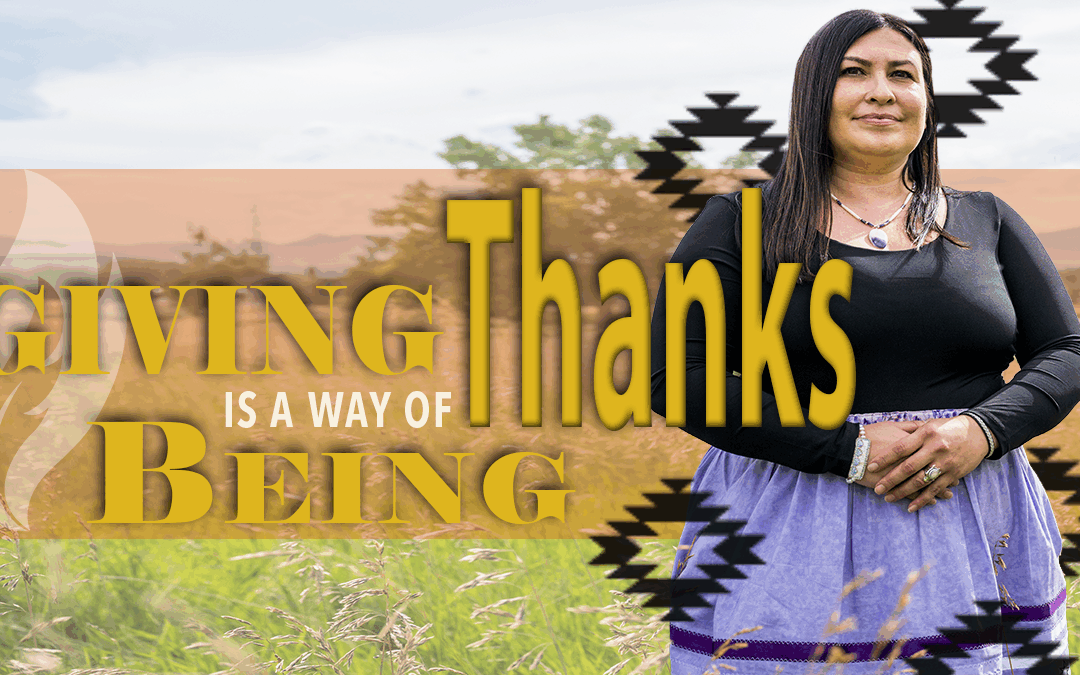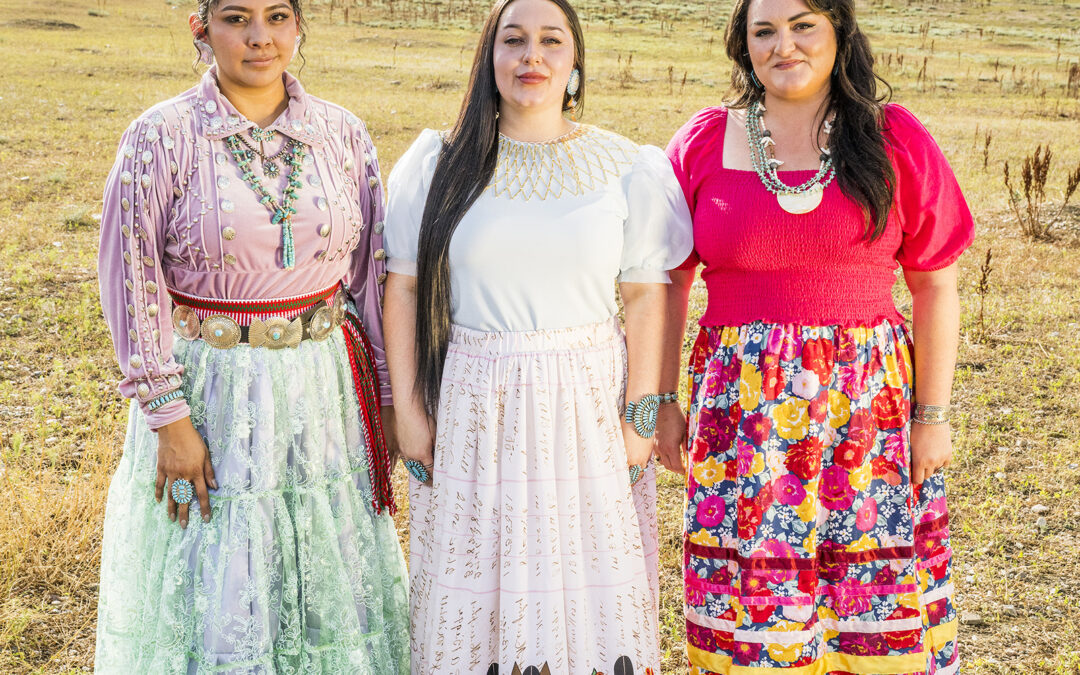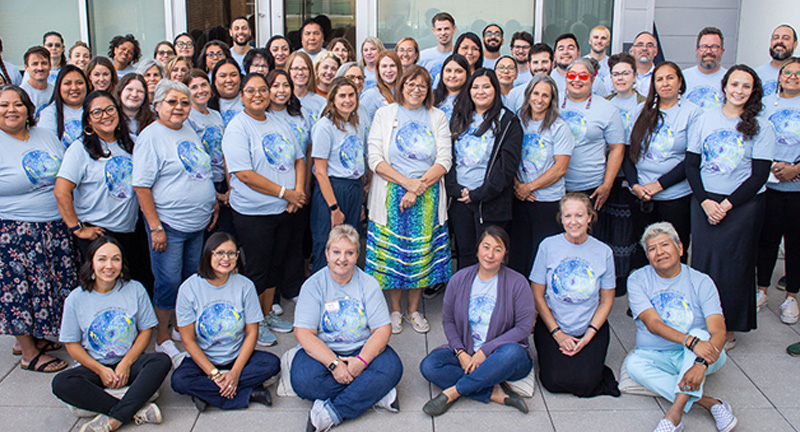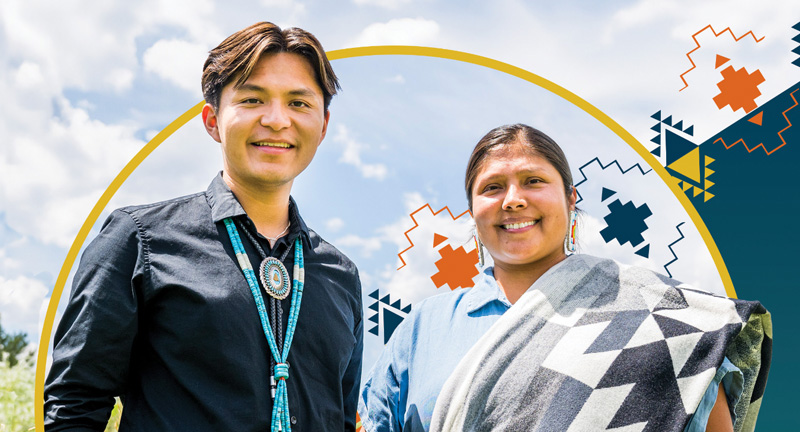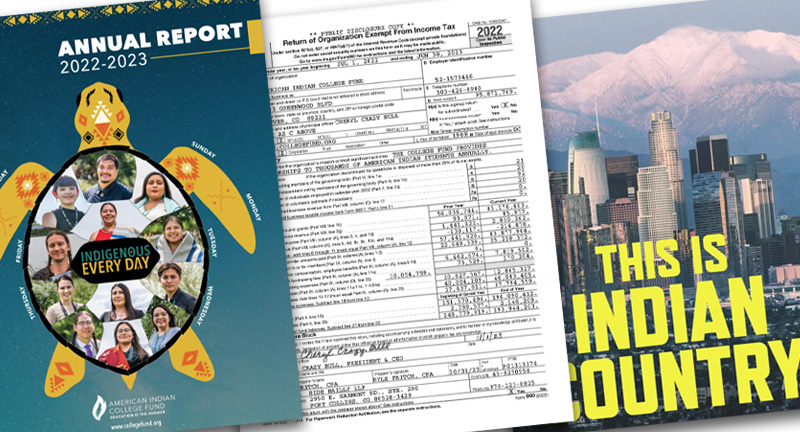The American Indian College Fund is celebrating Women’s History Month and International Women’s Day (March 8) by highlighting several Native women who are making history today—by serving their communities and ensuring Native voices are heard—and valued.
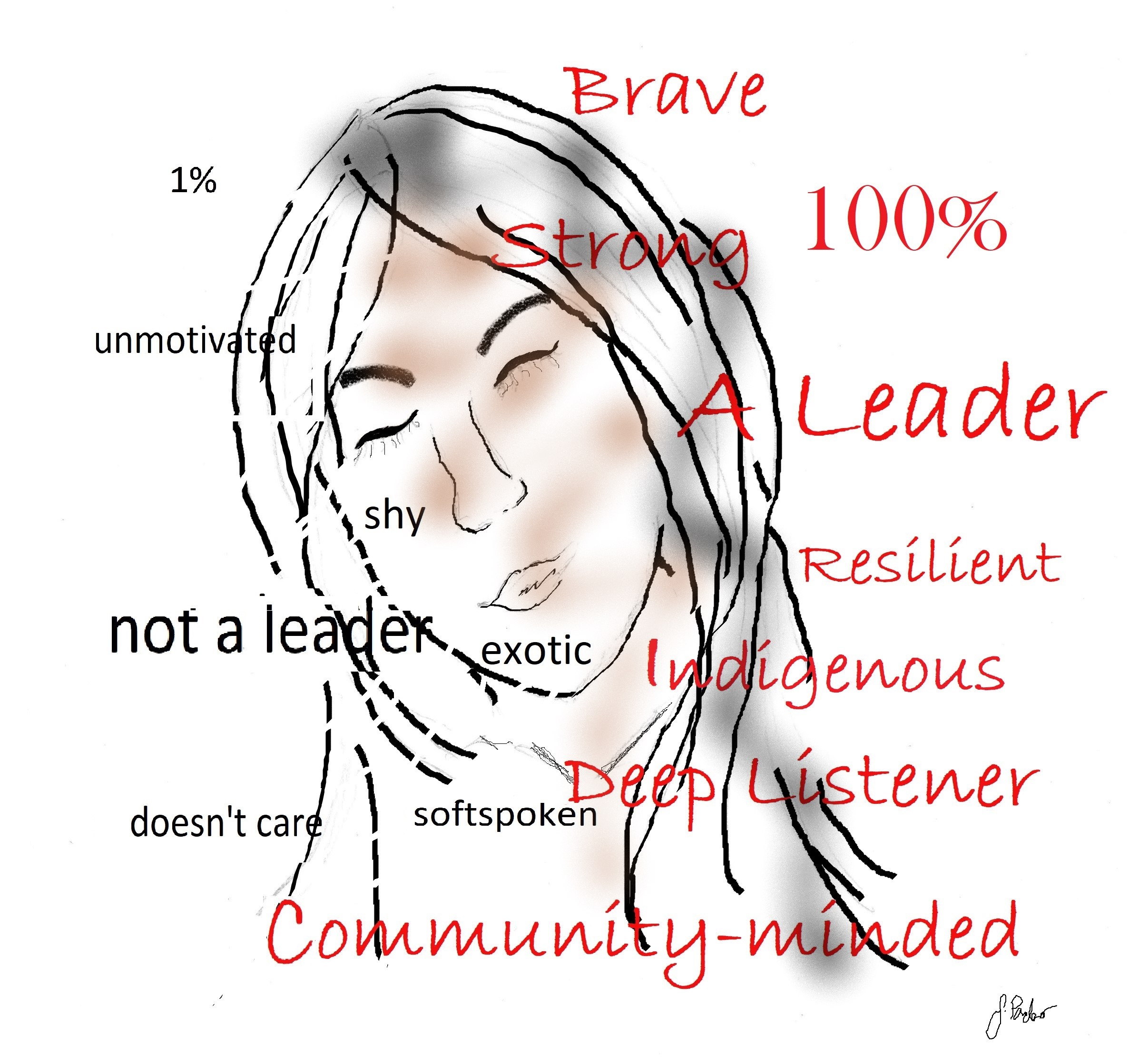
“I’ve come to the frightening conclusion that I am the decisive element in the classroom. It’s my personal approach that creates the climate. It’s my mood that makes the daily weather.” Haim Ginott
by Sandy Packo, Iñupiaq, College Readiness Program Administrator
“Quiet. Shy. Softspoken. A good student but not necessarily leadership material. She doesn’t quite have what it takes.” These are the narrative descriptions that some of my teachers used to describe me (and are often used to describe Native students in general). These are the words, that while they were often well-intended, I strove to rise above, because in my personal narrative…. I know that I am so much more.
I have heard these words time and again when people in power sought to dissuade me from my chosen career path. The first time I heard these words used, realization hit me like a bolt of lightning: everything they were ascribing as a personality flaw was part of the characteristic communication style of my culture, not my personality. What was seen as a positive communication style in my culture had a negative value judgment attached in mainstream culture.
When I was younger, some of these cultural devaluations made their way into letters of recommendation to future employers. The writers of the letters said that I was a better fit for an alternate career path than the one I had chosen, giving others the power to control my future. My heart broke and I was filled with a wave of anger and defiance. To me, this was clearly discrimination based on a faulty cultural confusion (and devaluing) of my personality traits as inabilities. These individuals clearly thought of me as timid, impersonal, not standing out. I saw myself as a thoughtful listener, insightful, introspective, a quiet warrior. Something completely different.
Every year, Alaskan Native/American Indian (AIAN) students are impacted by false narratives like these, which educators hold of them consciously or unconsciously. In 2015, the White House Initiative on American Indian and Alaskan Native Education (WHIAIANE), a U.S. Department of Education study, found that “students…reported unfair assumptions about Native Americans from teachers or other school staff, resulting in low expectations or creating an environment of subtle racism that students may endure and often internalize.” Negative stories of Native people have been passed down through the media, through popular culture, and through the news. They are everywhere.
Incomplete stories of Native people can impact everything from the quality of education that a student receives if an educator perceives them to be unmotivated or uninterested in education to the kinds of opportunities and academic recognition that a student receives or doesn’t receive. Two examples from the WHIAIANE study stand out. In the first, WHIAIANE found that “misunderstandings related to cultural or language differences are often a factor in identifying students as having disabilities. Additionally, WHIAIANE heard that teachers often have low expectations of AI/AN students, which, if internalized, may discourage the students’ academic efforts.” The effects of this were so severe that WHIAIANE found that AIAN students were 90 percent more likely to be labeled as having a learning disability and 70% more likely to be labeled as having a significant emotional disturbance condition than their non-Native peers.
The second example of the impact of harmful narratives found that while “95 percent of suspensions occur over nonviolent, disruptive behavior…schools suspend AI/AN boys at more than twice the rate of white boys and AI/AN girls at more than three times the rate of white girls.” Even Native students who reported no behavioral issues, like me, reported school climates of low expectations.
The result is of these cultural misrepresentations is that AIAN students often report feeling invisible, undervalued, and misunderstood. Narratives, for good or ill, have the power to impact a student’s sense of belonging in school, their social-emotional wellbeing, attendance, academic performance, and confidence in exploring their abilities and possible career paths. This, in turn, can hinder tribal self-determination and sovereignty.
We can do better. It is time that we look at the kinds of narratives that we hold of our students. Are they really accurate, or are they shallow and dehumanizing? Do we really understand the people that we serve, their values, their beliefs, and their communication styles? Or are we defining them on our own limited definitions of worth based upon the culture of power that we live in and exclude others from? Educators can learn how to engage in this work through Narrative Change Strategy, a guidebook published online by the First Peoples Development Institute in 2018.
Really look at the picture again. What do you see? What impacts arise from each narrative?
What stories will you choose to tell about our children?

About the Author: Sandy Packo, currently the College Readiness Program Administrator at the American Indian College Fund, worked as an Indigenous fine arts educator for the previous ten years. She has been recognized for her advocacy in Diversity, Inclusivity and Equity and currently serves as an Indigenous Education Fellow for the 2022 First Peoples Fund, We the Peoples Before program, a collaborative effort with the Kennedy Center in Washington, D.C. To learn more about that program, visit www.wethepeoplesbefore.org/



